Module 5 Handbook
| Site: | CABI Academy |
| Course: | Data Sharing Toolkit Learning Materials |
| Book: | Module 5 Handbook |
| Printed by: | Guest user |
| Date: | Friday, 19 April 2024, 2:59 AM |
Table of contents
- Introduction
- Benefits of data sharing
- Agreements and licenses
- Roles in FAIR and safeguarded data
- Building a data sharing agreement
- Data sharing agreements in practice
- Building a data license
- Common licenses for data sharing
- Creative commons marks and licenses
- Open government licenses
- Data licenses in practice
- Tools and guides
- Summary
Introduction
This handbook is designed to help you to answer the Module 5 activity questions.
Value can be created from data when it is collected, accessed, used and shared. This module introduces the key role of data sharing agreements and data licenses as ways to safely share data and maximise its reuse.
This module will enable you to:
- identify the benefits of data sharing to the data publisher
- recognise the difference between data licenses and data sharing agreements and choose when to use them
- build a data sharing agreement
- build an open license for data
- choose and use existing licenses
Benefits of data sharing
You will find there are many benefits of sharing data with others, including:
- Increased reputation and collaboration opportunities
- Increased trust through transparency
- Potential for data to be enriched and improved by others
- Potential economic growth and impact resulting from your data underpinning a commercial product
- Potential environmental and societal benefits resulting from your data underpinning information and support services
- An enlarged ecosystem gives potential new skills, knowledge and uses of your data you didn’t know were possible
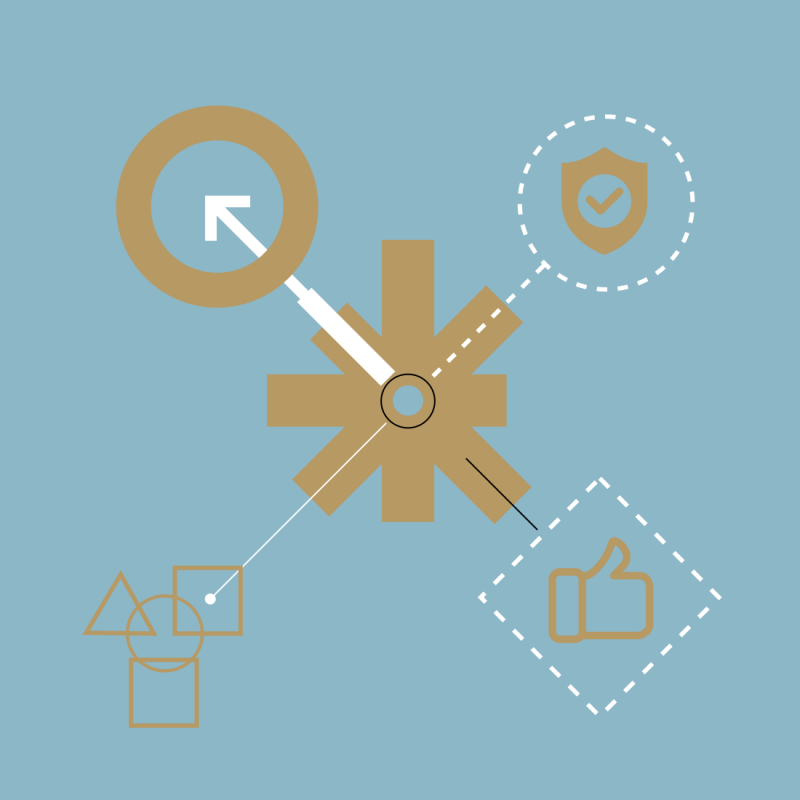
Agreements and licenses
In your work, rights and permissions will most commonly exist in the form of data licenses and data sharing agreements. Both play key roles in ensuring data is FAIR and safeguarded.
Why are data sharing agreements and licenses important?
- They provide permission for users (e.g. academics, businesses, governments and individuals) to innovate with data
- They provide users with certainty that the data can be used and shared for a wide range of purposes
- They offer legal clarity
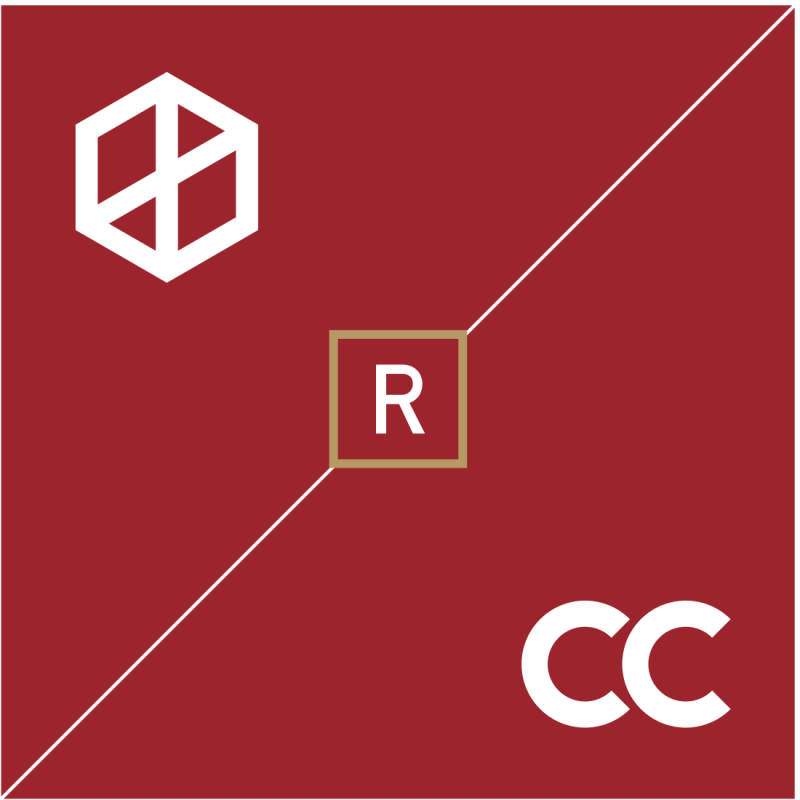
Data sharing agreements
It is necessary for you to use a data sharing agreement in high-risk situations where the data is sensitive or personal. You will use this agreement to:
- form a contract between two or more organisations
- detail the specific purpose and legal basis for sharing data
- set out how, when, where and for how long data will be shared
- establish time limits or other requirements and restrictions
- make clear the obligations and responsibilities of specific roles
You and the other organisations may wish to include a requirement to make a version of the dataset available openly, including whether to remove or suppress sensitive and personal data before doing so.
Data licenses
You can use a data license to describe ways that data can be used without having to enter into a formal agreement, providing the user complies with a specified set of conditions. It is suitable for:
- generic agreements
- covering the non-commercial restriction on data usage
- requiring any user give credit to the rights holder
How does a data license differ from a data sharing agreement?
- Permission is granted in advance, rather than on request for access
- Permission is not time-limited
- It applies to everyone involved
- A user does not typically sign an open data license
- It usually contains at most three sets of conditions:
- What must be done by the user
- What can be done by the user
- What cannot be done by the user
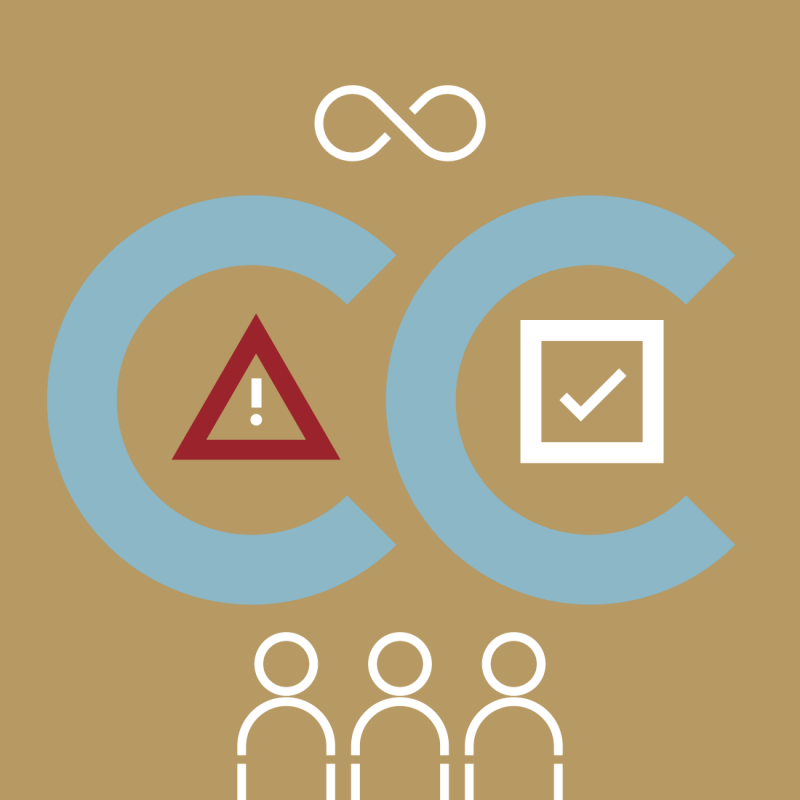
Roles in FAIR and safeguarded data
By granting up front permissions for use you will ensure that properly licensed data is:
- Accessible
- Interoperable
- Reusable
Data licenses do not necessarily increase the Findability of your data, but allowing others to redistribute it means it can become more easily discoverable.
Data sharing agreements are necessary when data needs to be shared but is more sensitive in nature and may need to be safeguarded, such as personal data.
It is important for you to balance the needs of data to be FAIR and safeguarded when choosing a data sharing agreement or a data license. You can use the materials on managing risks in Module 6 Handbook to help with this.

Building a data sharing agreement
Need to design a data sharing agreement?
You can use this checklist to help!
Each agreement you create will:
- likely be bespoke and focussed on a particular application, domain or purpose
- go into detail about the scope and characteristics of the data and how it should be used to fulfil a specific purpose
- detail the lawful basis for sharing data as dictated by data protection regulations
- require signatures from both parties

Data sharing agreements in practice
The Cereal Systems Initiative for South Asia example
Their data sharing agreement:
- pertains to a specific dataset (the Landscape Diagnostic Survey data)
- facilitates the sharing of raw data between partners
- outlines the responsibilities of each party to protect personal data
- requires permission to be sought prior to the onward sharing of raw data
- dictates that curated and anonymised data will be made publicly available, under an open licence, within twelve months

Building a data license
Your open data license should provide users with certainty that the data can be accessed, used, modified and shared for a wide range of purposes.
Your license:
- must give users explicit permission to use the data for both commercial and non-commercial purposes
- could require that users attribute the data provider or even share modifications to the data for others to benefit from
- should specify that a data user cannot claim ownership, endorsement or any damages from the data publisher that result from their use or analysis of the data, regardless of the quality of the data
Common licenses for data sharing
The simpler the license, the better.
You can maximise reuse by adopting a license standard already widely used. This will:
- save you time and money
- help reusers understand standard restrictions
- maximise the utility and potential value of the data
You can use the FAIR data toolbox guide to help choose a license for data.
Explore common licenses next.

Creative commons marks and licenses
You can choose a license (or mark) that works for you at the Creative Commons website. Version 4.0 explicitly considers data licensing.
There are three Creative Commons marks and licenses that are widely used for open content:
- used by copyright holders to waive all rights over a piece of data, including copyright
- particularly useful in the sharing of data and databases
- gives users rights to access, use and share (even commercially) your content
- only restriction is that the user must give credit to the data publisher (rights holder)
3: Attribution & share-alike: (CC BY-SA 4.0)
- same as the attribution license
- added restriction that the data user must share back any changes and modifications made to the data
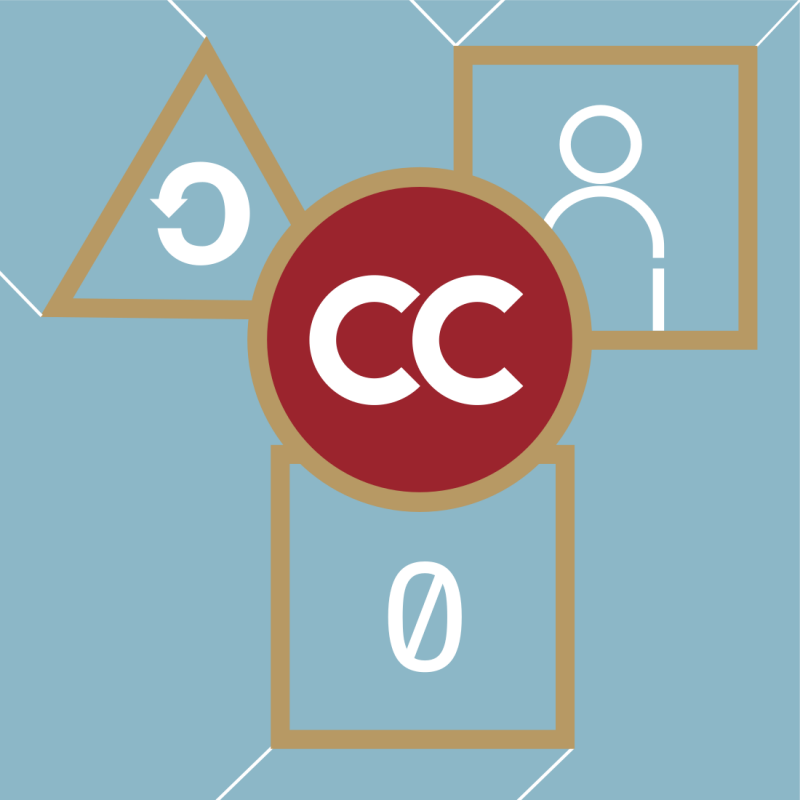
Open government licenses
You could choose to adopt in-country government licenses. This has the advantage of being created and backed by local regulations.
In the majority of cases:
- these are similar, to the point of being completely compatible with, creative commons licenses
- may differ slightly in name, logo and jurisdiction of laws that govern the license
You can review these examples of clear open government data licenses:
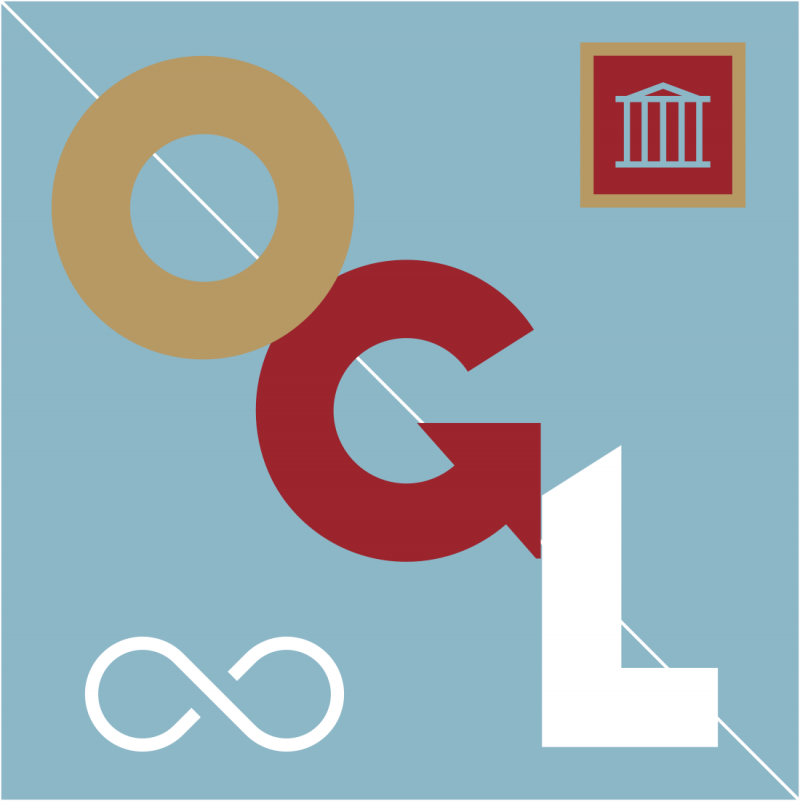
Data licenses in practice
You only need to look to some of the world's biggest websites such as wikipedia, flickr and scribd to see data licences in practice.
If you're looking for an example in the agricultural sector, the Innovative Solutions for Decision Agriculture Soil platform has launched soil information maps at a resolution of 30 meters, encompassing 24 billion unique locations across Africa.
All data is easily accessible through an easy to use and well documented API and all available under a Creative Commons Attribution (CC BY 4.0) licence.
Explore the iSDAsoil platform yourself.

Tools and guides
You can use the following tools and guides to support data sharing:
- Cheat sheet: Sharing data through data licensing
- Guide: Deciding how to provide access to data
- Guide: How to choose an open data license
- Checklist: Designing data sharing agreements
- Guide: Data principles and policy
- Explainer: Agriculture Data Spectrum
Summary
You can find all the key points from this Module in the Cheat Sheet: Sharing data through data licensing
Don't forget to complete Module 5 activity questions to review your knowledge of this topic.